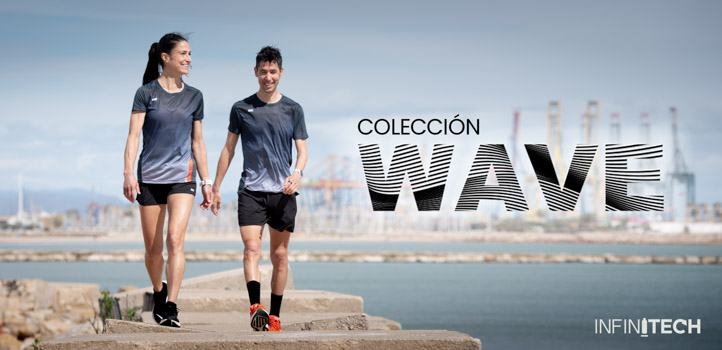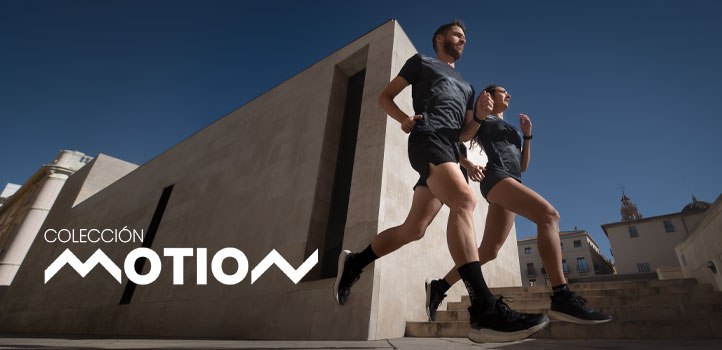Subscribe to our newsletter to find out about all the news and promotions, and automatically receive a welcome discount coupon in your email.
What is periostitis?
La tibial periostitis It is a typical runner injury, it consists of the inflammation of the periosteum or membrane covering the tibia bone. It usually occurs especially in times when runners increase the volume of training, thus, so much impact of the foot against the ground causes the tibial muscles to continuously pull on their bone insertion, creating a constant vibration that causes the periosteum to end up inflame.
Although in some runners this injury appears due to a poor technique, in most cases corresponds to the maladjustment of the periosteum and muscle to so much training volume. Although there are anterior and posterior tibial periostitis, the former is usually the most common, localizing acute pain in the lower third, which can sometimes even reach the knee.
Periostitis is relatively easy to detect, the day we go out for a run and at the moment of the impact of the foot against the ground we notice a slight discomfort in that area, like a puncture, which little by little becomes more bothersome, even reaching modifying the running technique and in the most serious cases even bothering when walking or simply climbing stairs.
How to treat periostitis
Like any injury prevention is the best treatment and for this we must first think about the footwear and surface where we run. Hard surfaces and footwear that absorbs little impact cause the periosteum to vibrate too much and eventually become inflamed, which is why choosing shoes that absorb the impact well and not always running on a hard surface is the first means of prevention that we have. what to put
Another aspect with which we can combat periostitis is with the Stretching before and after the race, so that the tibial muscle is less dense and at the time of contraction it can be carried out smoothly without affecting the periosteum too much.
Of course, proper training planning is crucial. If we haven't run for a long time and we start with high volumes (10-15 kilometres), periostitis will not take long to appear, although this, as in all athletes, also has its share of genetics, since there are athletes in whom their periosteum is more resistant and others in which it ignites just by looking at it.
Once the periostitis is installed, it is recommended to apply ice about 15 minutes after finishing running, in order to reduce inflammation, following with the application of a massage with an anti-inflammatory ointment. The most advisable thing is to go directly to the doctor or physiotherapist, who will diagnose the seriousness of the injury and prescribe the most appropriate treatment.
If the periostitis is not very bothersome or is temporary, many runners resort to compressive socks or compressive bands of tape in the tibial area, in order to have more support in the area and reduce the vibration that causes periostitis. This, above all, is a common remedy when doing a race and having slight discomfort the days before.
In the most serious cases, sports practice must cease. These are cases in which the athlete has not paid attention to the injury and has continued with his training. That is why early detection is an important point to win the game against periostitis.
Source: Juan Lara (Vitonica)
42K · All rights reserved



Comments
Post a first comment for this entry!